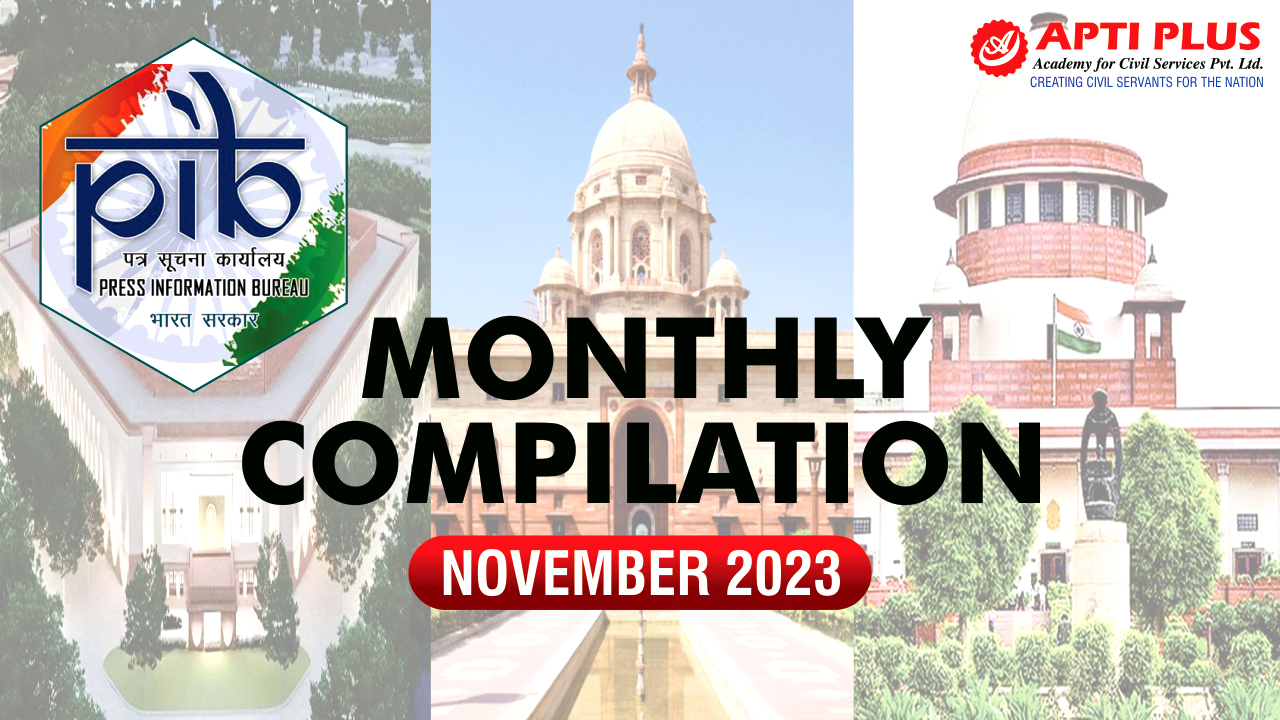.jpg)
Disclaimer: Copyright infringement not intended.
Context
- The European Bank for Reconstruction and Development (EBRD) said that its board has approved a 4 billion euro capital increase that will enable the bank to double its Ukraine investments once reconstruction there begins.
European Bank for Reconstruction and Development (EBRD)
The European Bank for Reconstruction and Development (EBRD) is an international financial institution that was established to support the development of market-oriented economies and the private sector in the countries of Central and Eastern Europe, Central Asia, and the Southern and Eastern Mediterranean region. Here is an overview of its origin, structure, functions, and key features:

Origin:
The EBRD was established in 1991, following the end of the Cold War and the dissolution of the Eastern Bloc. It was created to assist the countries in the transition from centrally planned to market-oriented economies. The bank's establishment was marked by the Agreement Establishing the European Bank for Reconstruction and Development, signed in Paris in 1990.
Structure:
The structure of the EBRD consists of various components:
- Board of Governors: Composed of representatives from each member country's finance ministry or central bank governor. It provides general guidance and oversight.
- Board of Directors: Represents the shareholders and oversees the day-to-day operations. It approves the bank's investment projects and policies.
- President: The President is responsible for the overall management and administration of the bank and is elected by the Board of Governors.
- Management Team: The President is supported by a management team responsible for different aspects of the bank's operations, including finance, risk management, and project implementation.
- Shareholders: The bank's shareholders include both countries of operations and donor countries, with the European Union being a significant shareholder.
Functions:
The EBRD has several key functions, aligned with its mandate to foster economic development in its member countries:
- Project Financing: EBRD provides financing for projects in various sectors, including infrastructure, energy, and private enterprises. It invests in both public and private projects that contribute to the development of a market-oriented economy.
- Policy Advice: The bank offers policy advice and technical assistance to member countries to help them implement reforms and create a conducive environment for private sector development.
- Capacity Building: EBRD supports capacity building and institutional development in its member countries, aiming to strengthen governance, regulatory frameworks, and financial institutions.
- Promotion of Private Sector Participation: EBRD actively encourages private sector participation in the economies of its member countries by investing in and supporting private enterprises.
- Environmental and Social Sustainability: The bank emphasizes environmental and social sustainability in its projects, promoting environmentally friendly and socially responsible development.

Features:
- Regional Focus: EBRD's primary focus is on the countries of Central and Eastern Europe, Central Asia, and the Southern and Eastern Mediterranean region.
- Market-Oriented Approach: EBRD promotes market-oriented reforms, emphasizing the importance of private sector development and entrepreneurship in fostering economic growth.
- Public-Private Partnerships: The bank actively engages in public-private partnerships to leverage private sector resources for infrastructure and development projects.
- Green Economy Transition: EBRD has placed an increasing emphasis on supporting the transition to a green economy, investing in sustainable energy projects and promoting environmental sustainability.
- Project Quality and Impact: EBRD places a strong emphasis on the quality and impact of its projects, assessing them against rigorous economic, environmental, social, and governance criteria.
|
PRACTICE QUESTION
Question:
The European Bank for Reconstruction and Development (EBRD) plays a significant role in fostering economic development. Which of the following statements regarding EBRD's functions and membership is correct?
a) EBRD focuses solely on providing financial assistance to European Union member countries.
b) EBRD supports projects in various sectors such as energy, infrastructure, and private enterprises, with the aim of promoting transition to market-oriented economies.
c) EBRD's membership is restricted to European countries, excluding any collaboration with non-European nations.
d) EBRD primarily focuses on humanitarian aid and disaster relief efforts in conflict-affected regions.
Answer:
b) EBRD supports projects in various sectors such as energy, infrastructure, and private enterprises, with the aim of promoting transition to market-oriented economies.
|




.jpg)